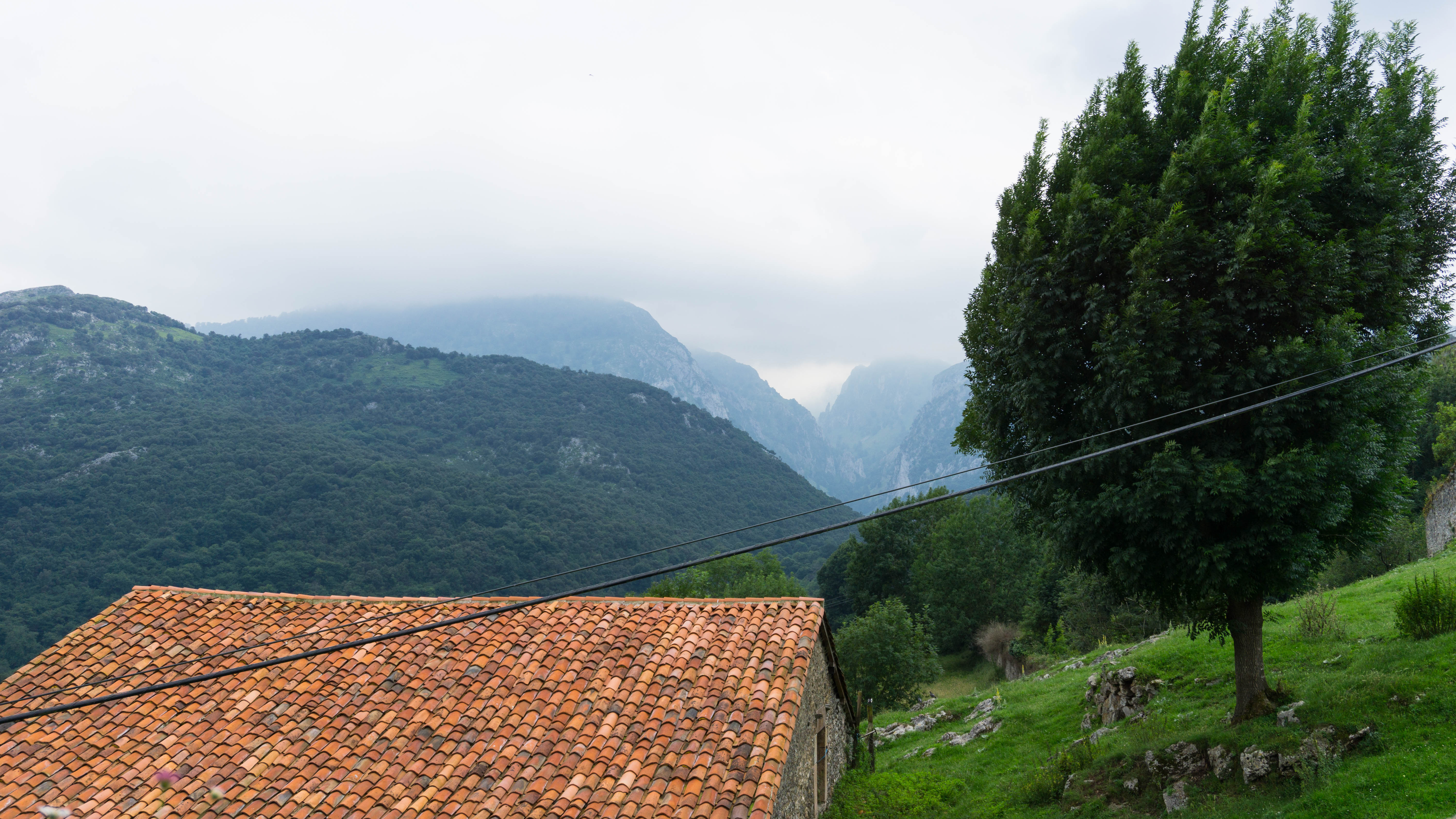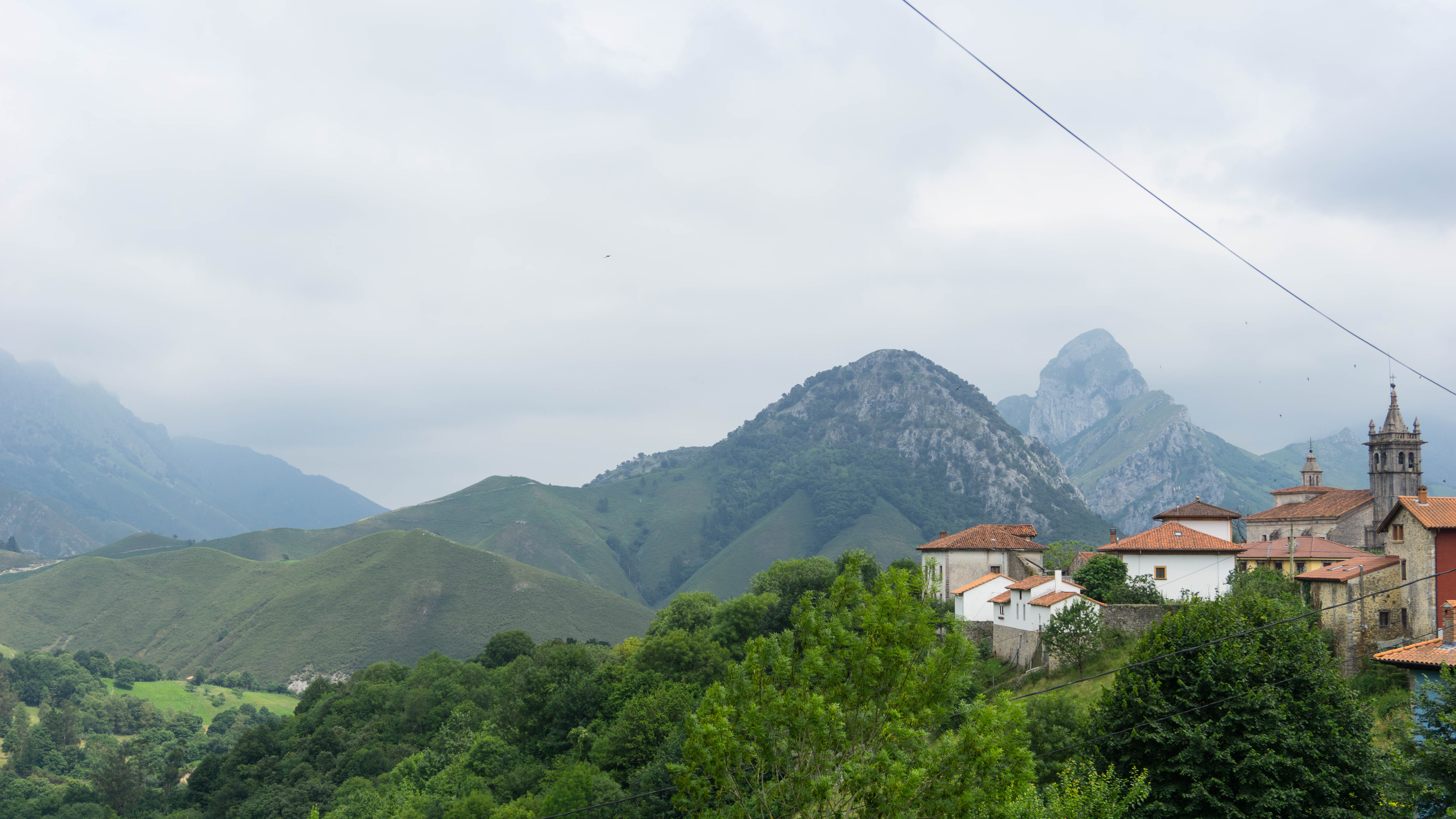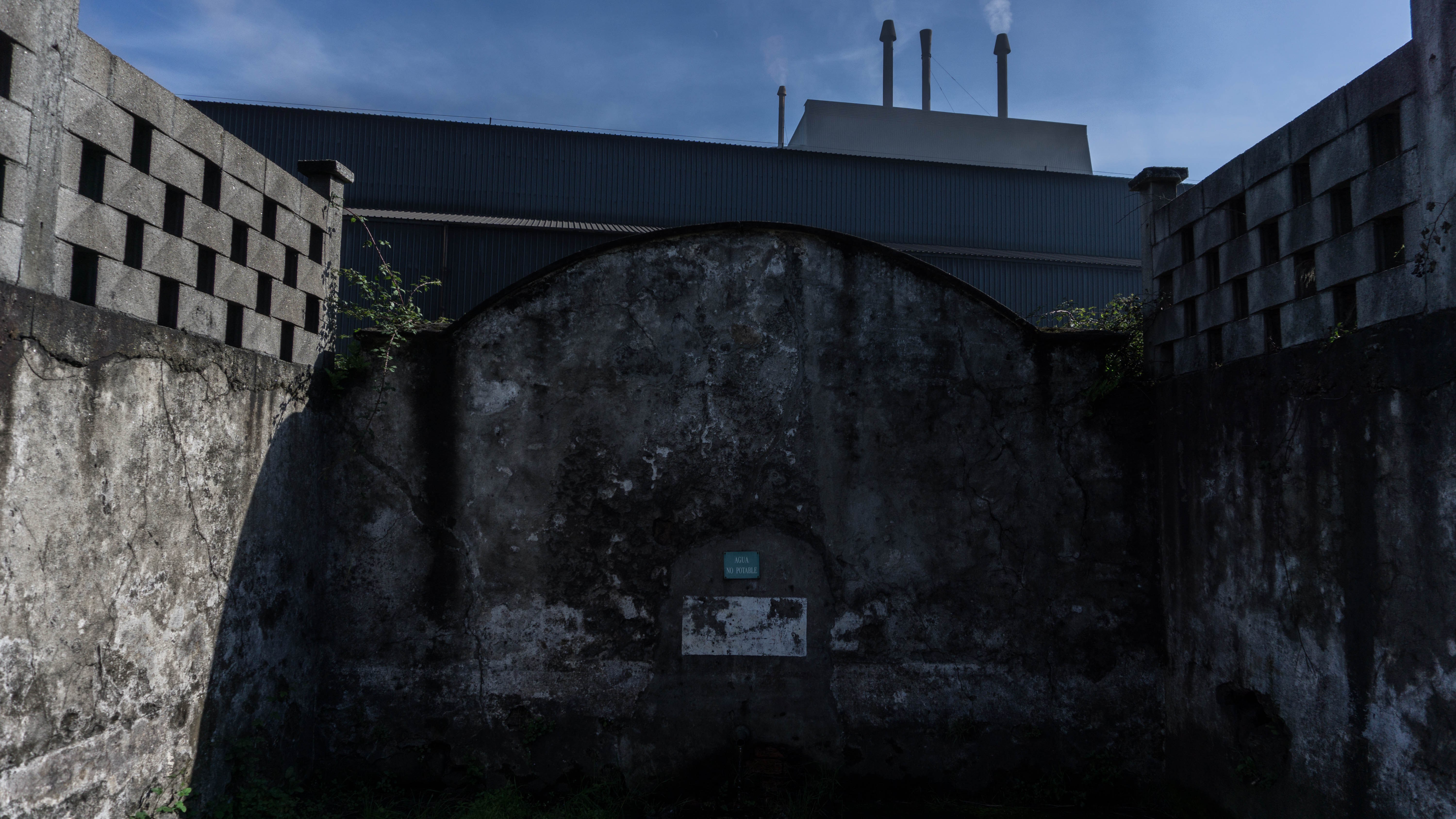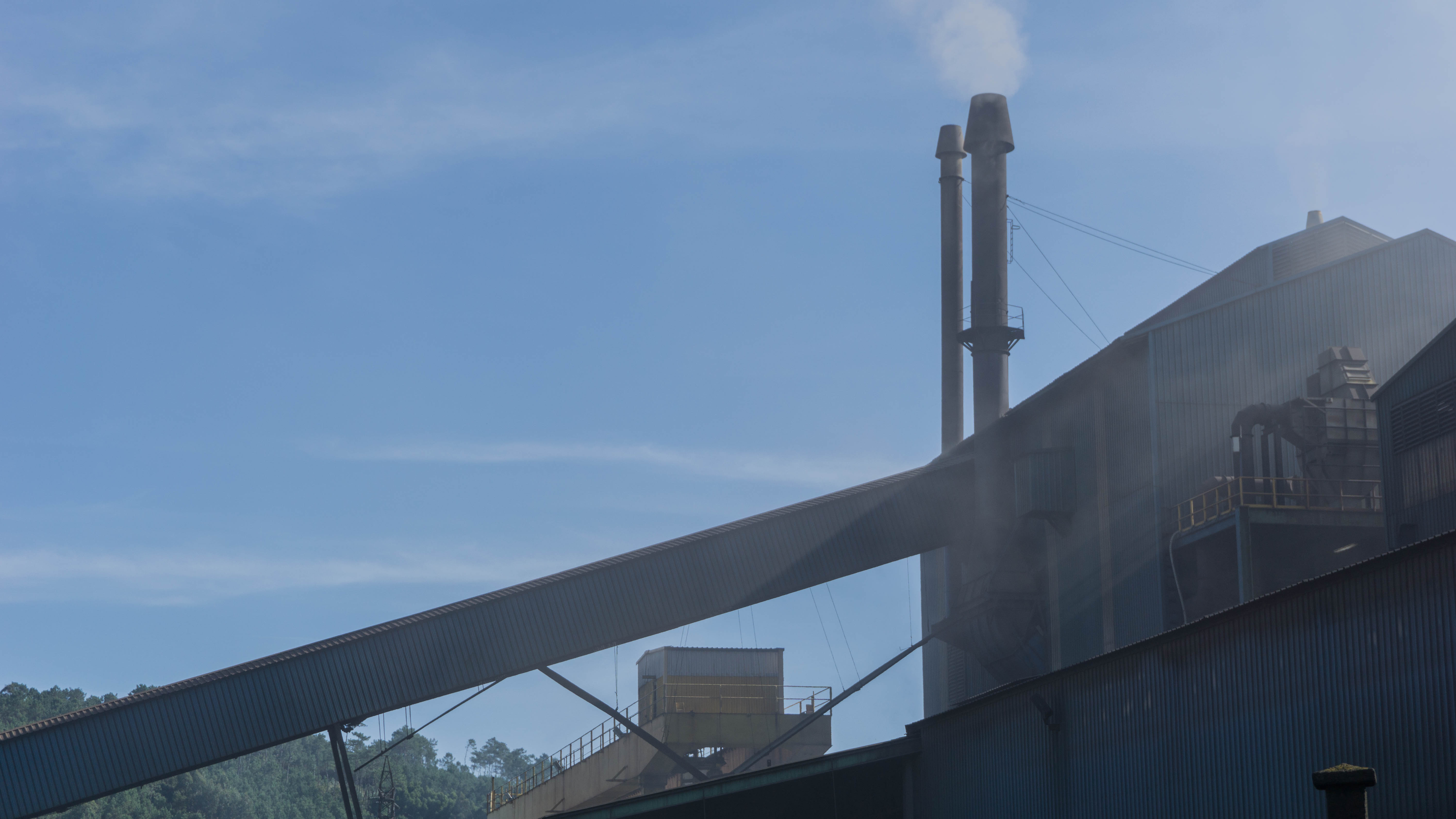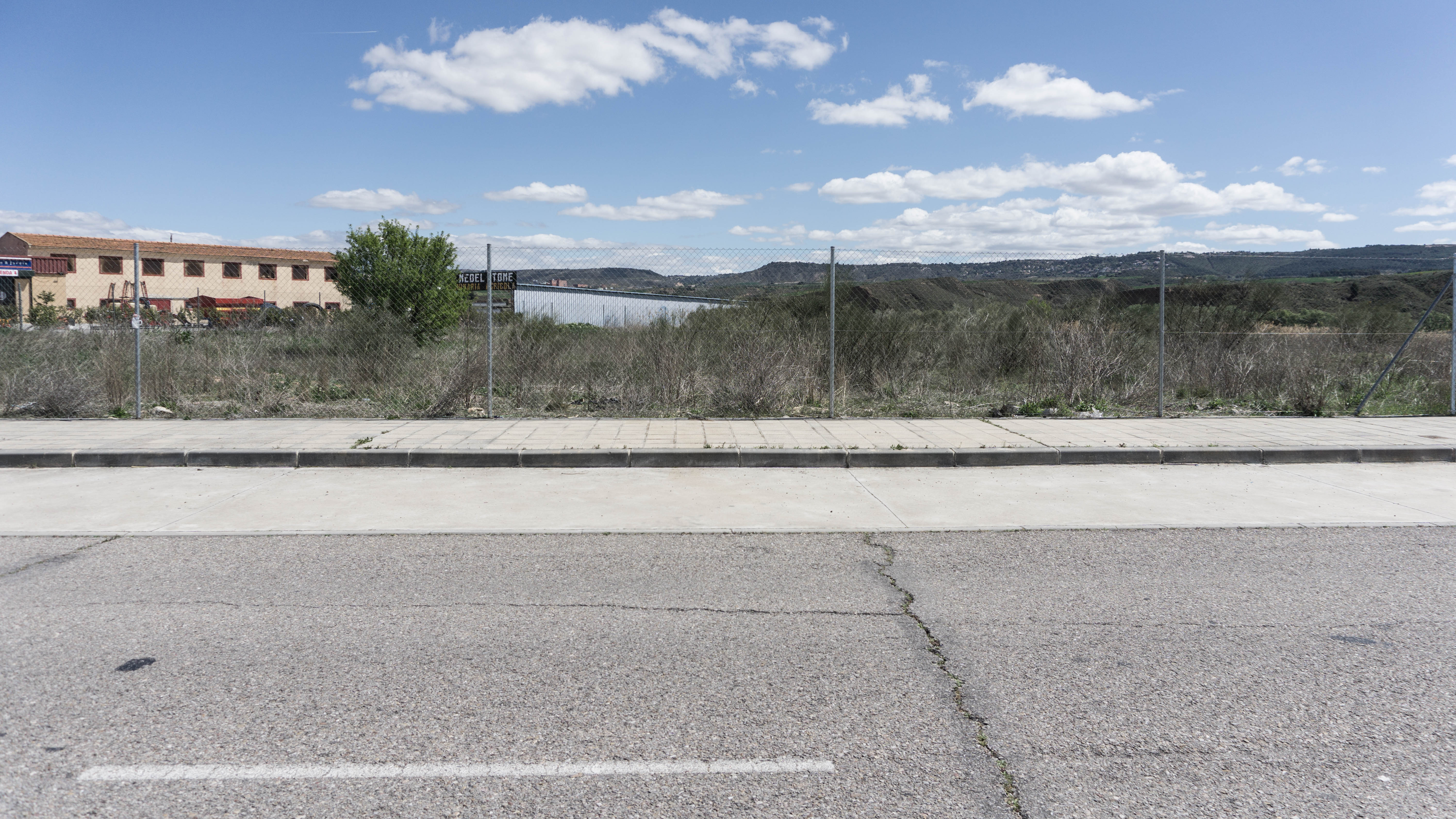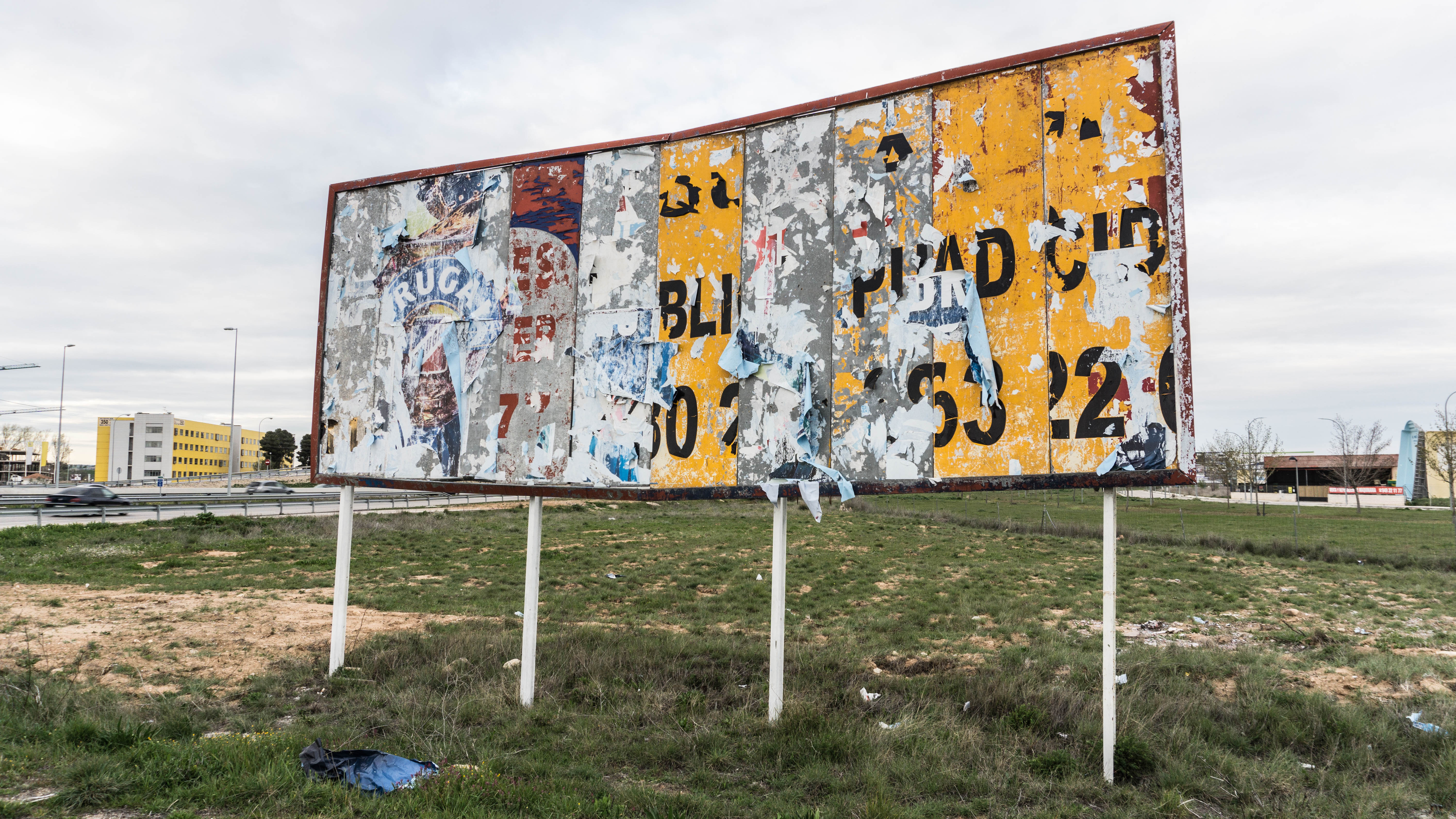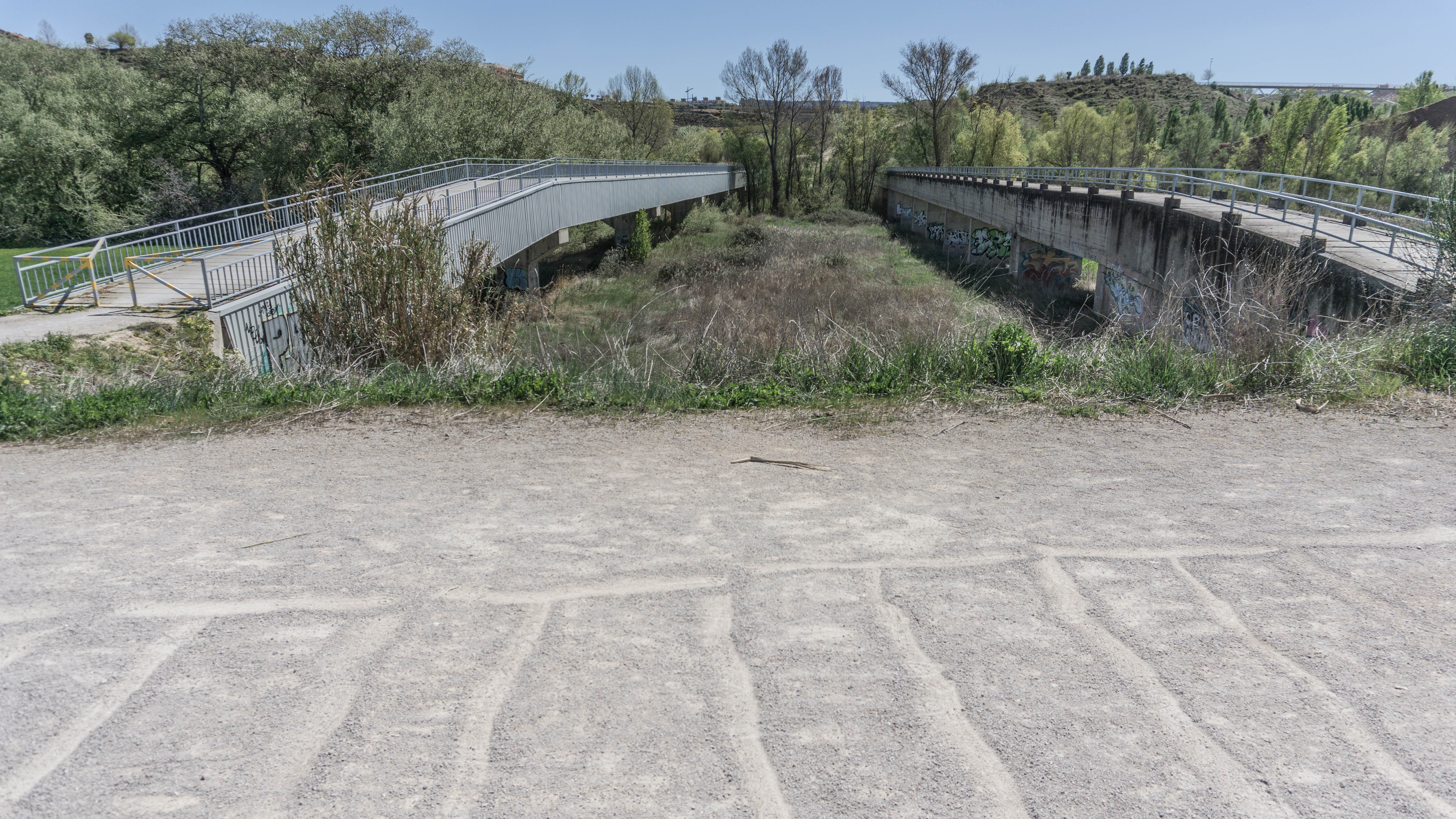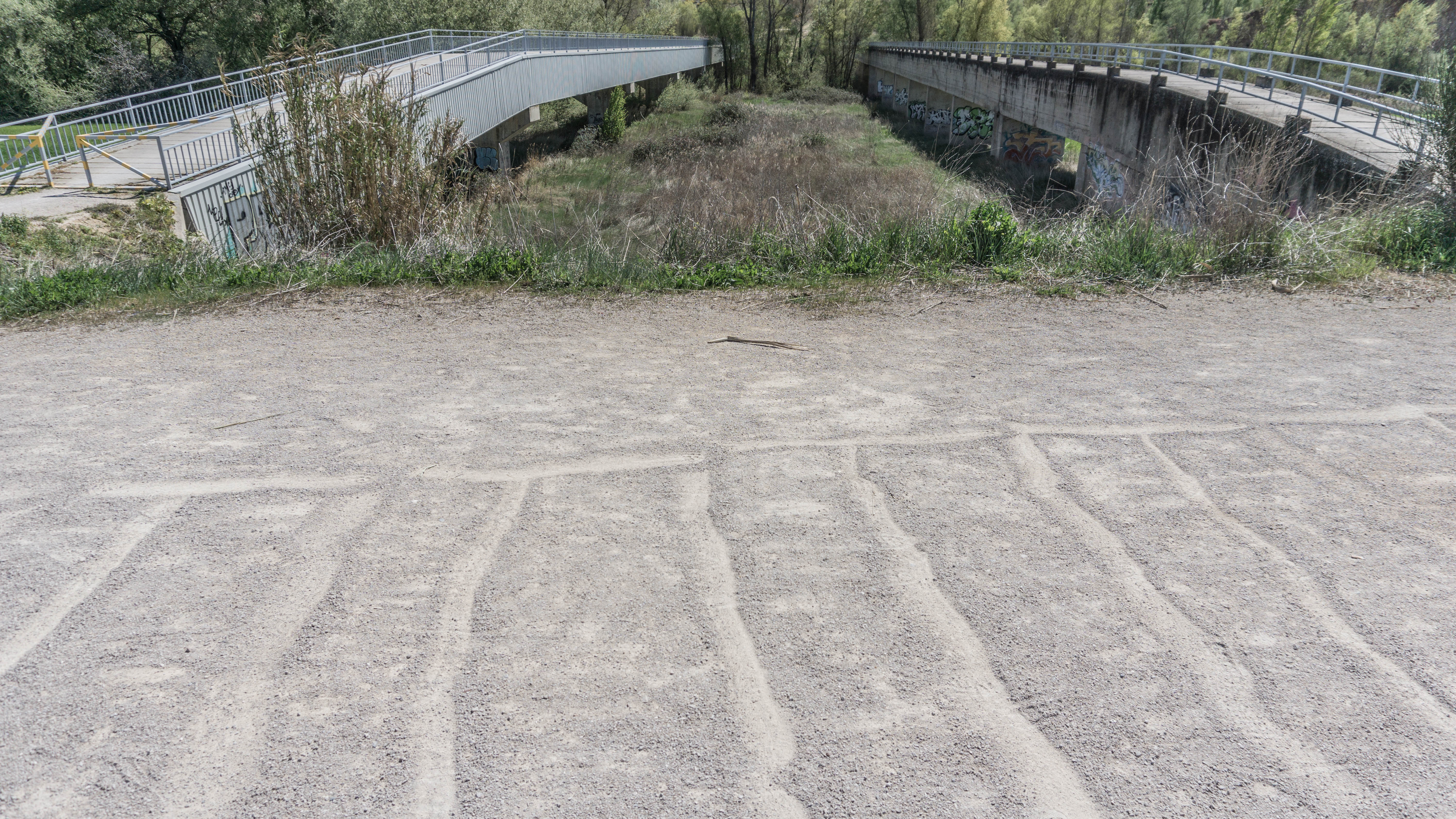La belleza es, en palabras de Lautréamont, «el encuentro fortuito sobre una mesa de disección, de una máquina de coser y un paraguas». El arte así entendido está animado evidentemente por la agresión, agresión hacia la supuesta convencionalidad de su público y, sobre todo, agresión hacia el ambiente mismo. La sensibilidad surrealista pretende sorprender mediante sus técnicas de yuxtaposición radical. Incluso uno de los métodos clásicos del psicoanálisis, la asociación libre, puede interpretarse como otro resultado del principio surrealista de yuxtaposición radical. La técnica freudiana de interpretación, al tomar por oportuna toda declaración impremeditada hecha por el paciente, se revela basada en la misma lógica de coherencia detrás de la contradicción a la que estamos acostumbrados en el arte moderno. Con esa misma lógica, el dadaísta Kurt Schwitters produjo sus brillantes construcciones Merz de los primeros años veinte, partiendo de materiales deliberadamente inartísticos; uno de sus collages, por ejemplo, está formado con los desperdicios de un solo bloque de edificios. Esto recuerda la descripción de Freud de su método de adivinación del significado a partir del «basurero… de nuestras observaciones», de la consideración de los más insignificantes detalles; como límite de tiempo, la hora diaria de análisis con el paciente no es menos arbitrario que el límite de espacio de un bloque de cuyo alcantarillado se recogió la basura; todo depende de los accidentes creativos de adecuación y penetración. Es también posible ver una especie del principio involuntario del collage en muchos artefactos de la ciudad moderna: la brutal desarmonía de estilo y tamaño de los edificios, la salvaje yuxtaposición de anuncios de comercios, la estridente composición de los periódicos modernos, etcétera.
Los happenings: un arte de yuxtaposición radical, Contra la interpretación y otros ensayos (1966), S. Sontag. Editorial Debolsillo. Pág. 345.
“Es la fotografía la que mejor ha mostrado cómo reunir el paraguas con la máquina de coser, el encuentro fortuito que un gran poeta surrealista encomió como epítome de lo bello”.
(pp. 80-82). Susan Sontag, Sobre la fotografía, 1ra edición, Buenos Aires, Alfaguara, 2006.
